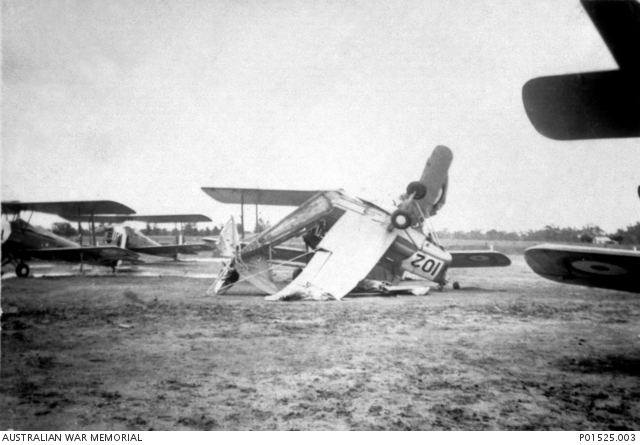Update 7 March 2017: Andrew Farran on Pearls and Irritations tries to match the F-35 to strategic imperatives.
Update 3 March 2017: Steven L. Jones on The Conversation gives some background. News.com report on claimed job spin-offs. ‘A pilot’s dream‘.
Update 2 March 2017: Dave Sweeney writes on Independent Australia
Today was a big day for those who shop for defence kit and those who report breathlessly on the shoppers. The Australian International Airshow at Avalon Airport (next to the sewerage farm, down Werribee way, west of Melbourne) saw the unveiling of an aeroplane called the EA-18G Growler, which is described as our ‘first entry into electronic warfare … packed with radar and radio jamming systems’.
The Chief of Air Force, Air Marshal Leo Davies, was clearly chuffed about taking delivery of this, the first of 12 Growlers, costing about $300 million each (purchase plus maintenance through life): ‘This is a beast, it was built to be a war aircraft and that’s exactly what we plan to use it for’, he said. Despite just arriving, the Growlers need to be updated at a cost of $250 million; ‘futureproofing’, it is called.
Still to come, though, are the famous (or infamous) F-35s, the Joint Strike Fighters, a sample two of which will debut at Avalon on Friday. We will be spending $17 (or perhaps 19) billion on buying 72 of these, a price that seems to include maintenance – and possibly insurance, given the poor track record of the planes to date. The ABC was suitably excited by this prospect, Canberra newsreader Dan Bourchier referring to the aircraft as ‘a toy’ and reporting that the proposed Trumpist increase in United States defence spending meant that more spending would also be required of Australia. The item pointed out that Australia is only 20th in the world in the proportion of GDP that we spend on defence. We are some way short of the alleged ‘magic number’ of two per cent.
 Tiger Moth (RAAF training plane) crashed onto another Tiger Moth, Canberra, c. 1940 (AWM P01525.003/S. Phillips)
Tiger Moth (RAAF training plane) crashed onto another Tiger Moth, Canberra, c. 1940 (AWM P01525.003/S. Phillips)
Honest History has maintained an interest in defence purchasing. We found these items in our archives:
- some comments on whether the two per cent target makes any sense at all (former senior Defence bureaucrat, Paddy Gourley, is adamant that it does not but former soldier, John Blaxland, disagrees);
- apropos the Price Waterhouse Coopers report mentioned above, here is a description of how Lockheed Martin, makers of the F-35, lock purchaser countries into the aircraft by spreading parts manufacture around the world (Australian firms building bits of the plane are listed);
- a paper suggesting that there is a link between defence spending and fighting wars, that is, that spending tends to precede wars, not the other way around; Air Marshal Davies’ remark above takes on added significance in this connection. The paper links from here, which also contains a history of Defence White Papers. (There is sometimes a link between a defence spend and a previous White Paper.)
28 February 2017


Leave a Reply
You must be logged in to post a comment.